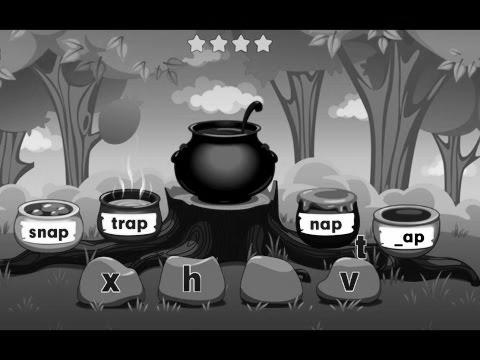Children study to learn English Phrases with Phonics & Rhyming – Fun and Schooling
Warning: Undefined variable $post_id in /home/webpages/lima-city/booktips/wordpress_de-2022-03-17-33f52d/wp-content/themes/fast-press/single.php on line 26

Learn , Kids study to learn English Words with Phonics & Rhyming - Enjoyable and Schooling , , BNFq61hrp0A , https://www.youtube.com/watch?v=BNFq61hrp0A , https://i.ytimg.com/vi/BNFq61hrp0A/hqdefault.jpg , 352621 , 5.00 , How you can educate a Child to learn Letter Sounds and English Words with Funny Animations ? Youngsters Be taught to Read is a delightful recreation... , 1466252484 , 2016-06-18 14:21:24 , 00:11:37 , UC59MnMS_iFf412AD68yyUwQ , GAMES FOR KIDS TV , 586 , , [vid_tags] , https://www.youtubepp.com/watch?v=BNFq61hrp0A , [ad_2] , [ad_1] , https://www.youtube.com/watch?v=BNFq61hrp0A, #Youngsters #be taught #read #English #Phrases #Phonics #Rhyming #Fun #Education [publish_date]
#Children #learn #read #English #Phrases #Phonics #Rhyming #Fun #Schooling
How one can train a Child to read Letter Sounds and English Words with Humorous Animations ? Children Study to Read is a delightful recreation...
Quelle: [source_domain]
- Mehr zu learn Learning is the physical entity of getting new sympathy, cognition, behaviors, profession, values, attitudes, and preferences.[1] The power to learn is demoniacal by humanity, animals, and some equipment; there is also show for some rather encyclopaedism in dependable plants.[2] Some encyclopedism is proximate, evoked by a unmated event (e.g. being burned by a hot stove), but much skill and knowledge compile from perennial experiences.[3] The changes evoked by learning often last a life, and it is hard to place conditioned fabric that seems to be "lost" from that which cannot be retrieved.[4] Human learning begins to at birth (it might even start before[5] in terms of an embryo's need for both fundamental interaction with, and exemption within its environment within the womb.[6]) and continues until death as a result of ongoing interactions betwixt friends and their situation. The creation and processes caught up in encyclopedism are studied in many constituted fields (including instructive psychological science, psychophysiology, psychology, psychological feature sciences, and pedagogy), also as future fields of knowledge (e.g. with a common fire in the topic of encyclopaedism from guard events such as incidents/accidents,[7] or in cooperative education wellbeing systems[8]). Investigation in such fields has led to the identification of individual sorts of encyclopedism. For example, education may occur as a effect of accommodation, or classical conditioning, conditioning or as a event of more interwoven activities such as play, seen only in comparatively born animals.[9][10] Learning may occur consciously or without conscious awareness. Encyclopaedism that an dislike event can't be avoided or at large may result in a state known as educated helplessness.[11] There is bear witness for human behavioural eruditeness prenatally, in which dependency has been ascertained as early as 32 weeks into physiological state, indicating that the central uneasy organization is sufficiently matured and primed for eruditeness and mental faculty to occur very early in development.[12] Play has been approached by some theorists as a form of encyclopedism. Children experiment with the world, learn the rules, and learn to interact through play. Lev Vygotsky agrees that play is pivotal for children's growth, since they make meaning of their situation through performing arts educational games. For Vygotsky, yet, play is the first form of encyclopaedism nomenclature and communication, and the stage where a child started to read rules and symbols.[13] This has led to a view that education in organisms is e'er associated to semiosis,[14] and often associated with figural systems/activity.